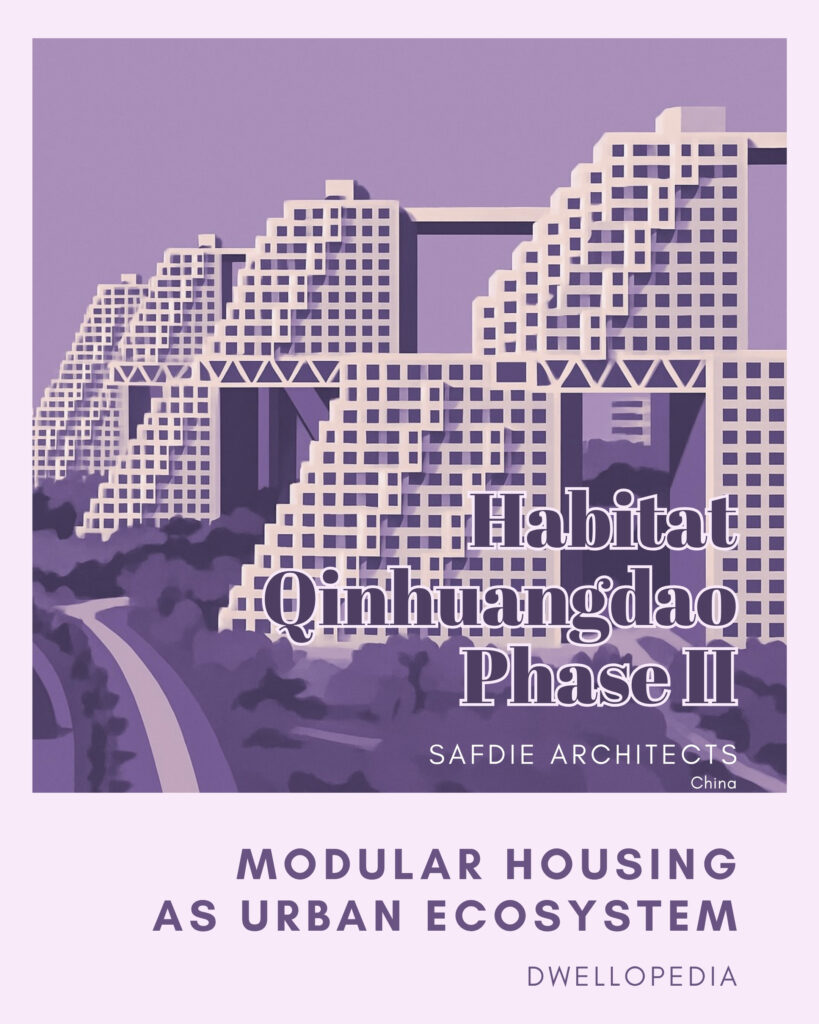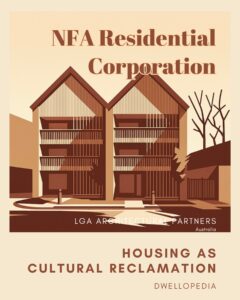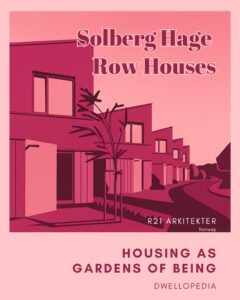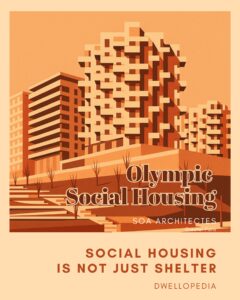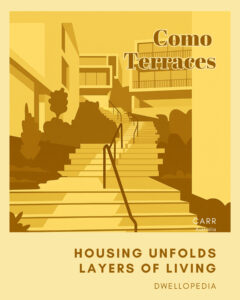Habitat Qinhuangdao Phase II, designed by Safdie Architects, extends the visionary legacy of urban experimentation established in Habitat 67, now reinterpreted for the evolving context of contemporary China. Situated in the coastal city of Qinhuangdao, this project challenges prevailing housing typologies by reimagining modularity, community, and vertical living at scale.
The complex is composed of a dynamic arrangement of modular units stacked in a way that evokes openness, shared life, and spatial diversity. Unlike typical high-rise housing, the design actively negotiates the tension between density and individuality, creating terraces, gardens, and communal spaces that foster social engagement amid urban scale.
In a time when rapid urbanization often leads to alienating housing forms, Habitat Qinhuangdao Phase II offers a radical rethinking. It invites us to reconsider how mass housing can be humanized—where architecture not only shelters but actively nurtures community, belonging, and connection to nature.
Modular Living as Urban Ecosystem: Rethinking Density, Diversity, and Community
At the heart of Habitat Qinhuangdao Phase II is a transformative idea: modular housing conceived as an urban ecosystem, where density coexists with diversity, and collective life is orchestrated through spatial generosity. This vision compels us to question: Can mass housing be simultaneously dense and humane? Can modularity foster both individuality and community?
Insights & Reflections
1. Modularity as Social Catalyst: Crafting Diverse and Connected Communities
The project’s modular units are not mere repetitive blocks but carefully varied components creating spatial complexity and social opportunity. By staggering volumes and creating terraces and courtyards, the design fosters diverse modes of interaction and privacy.
How does this modular approach transcend efficiency-driven housing to become a social catalyst? Habitat Qinhuangdao Phase II teaches that modularity, when thoughtfully articulated, generates rich, layered communities rather than monotonous density.
2. Vertical Open Space: Redefining Urban Nature
Terraces, green roofs, and communal gardens punctuate the vertical fabric, reintroducing nature into dense urban living. These spaces invite residents to engage with natural elements daily, challenging the detachment often experienced in high-rise housing.
What roles can vertical open spaces play in nurturing ecological and social wellbeing? The project demonstrates that integrating nature vertically expands housing’s capacity to sustain life holistically.
3. Negotiating Scale: Humanizing Mass Housing
While addressing large-scale urban housing demands, Habitat Qinhuangdao Phase II avoids alienation by creating intimate spatial sequences and diverse dwelling types. Its design respects human scale through nuanced articulations and spatial layering.
How can architects reconcile the enormity of urban housing with the need for personal and communal intimacy? This project shows that scale is not merely size but a complex relationship negotiated through form and experience.
4. Community as Design Principle: Beyond Physical Proximity
More than a collection of units, the project envisions community as an orchestrated experience—facilitated by shared spaces, visual connections, and spatial permeability. It challenges the assumption that density leads to social fragmentation.
How can architecture actively nurture community rather than leave it to chance? Habitat Qinhuangdao Phase II reveals that community-building requires intentional spatial strategies embedded in design.
Livability & Social Dynamics
Habitat Qinhuangdao Phase II offers a balanced sensory environment—ample natural light, ventilation, and greenery enhance comfort and wellbeing. The interplay of private and shared spaces allows residents to fluidly navigate solitude and social engagement.
Socially, the architecture fosters belonging by layering privacy and openness. The terraces and communal gardens act as vital arenas for interaction, while the modular diversity supports varied household compositions and lifestyles. The design demonstrates that livability in dense housing arises from spatial richness and social intentionality.
Conclusion
Habitat Qinhuangdao Phase II teaches us that modular mass housing need not be reductive or alienating. Instead, it can be an urban ecosystem—layered, diverse, and humane—where density is not the enemy of community but its canvas.
As cities worldwide grapple with housing crises and ecological limits, how might we rethink mass housing beyond mere numbers and efficiency? Can we envision homes that foster both individuality and connection, structure and spontaneity, nature and urbanity?
This project invites us to imagine housing as an evolving social ecology—dynamic, generous, and deeply human. What futures might open when modularity becomes a tool for nurturing belonging and life, rather than uniformity and isolation?

